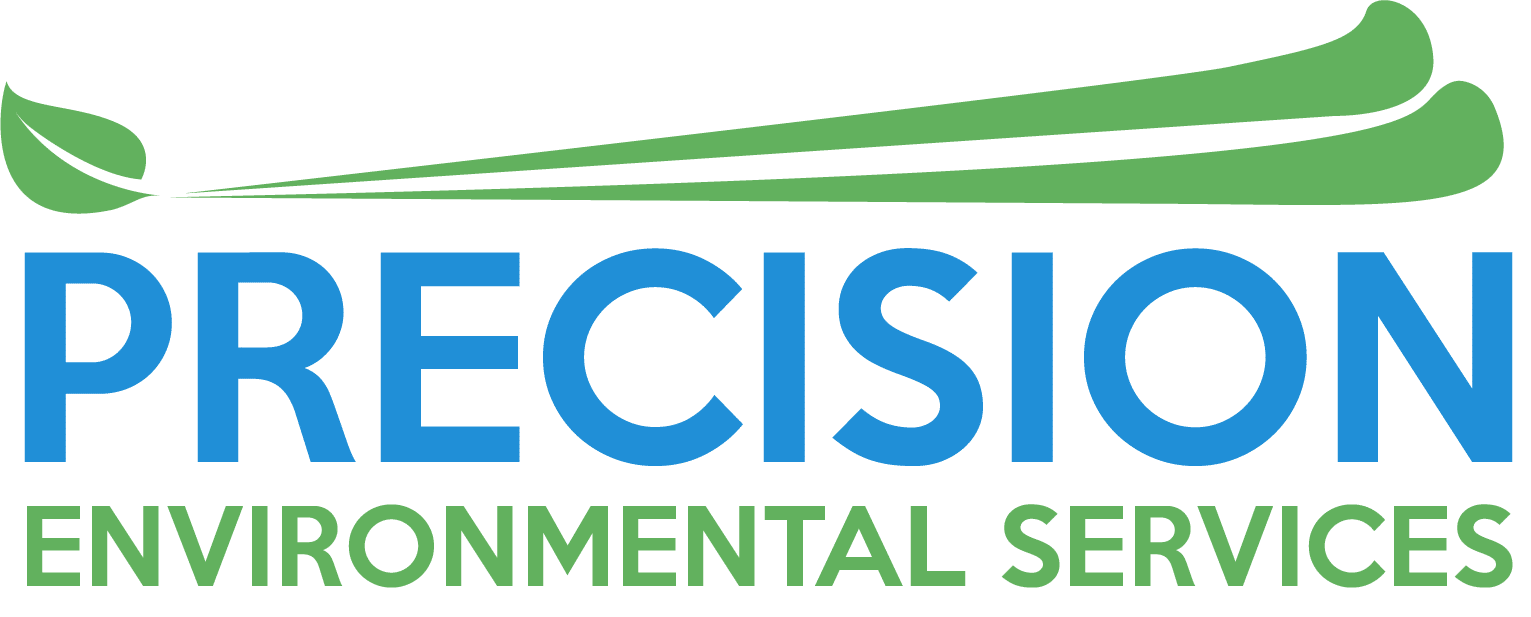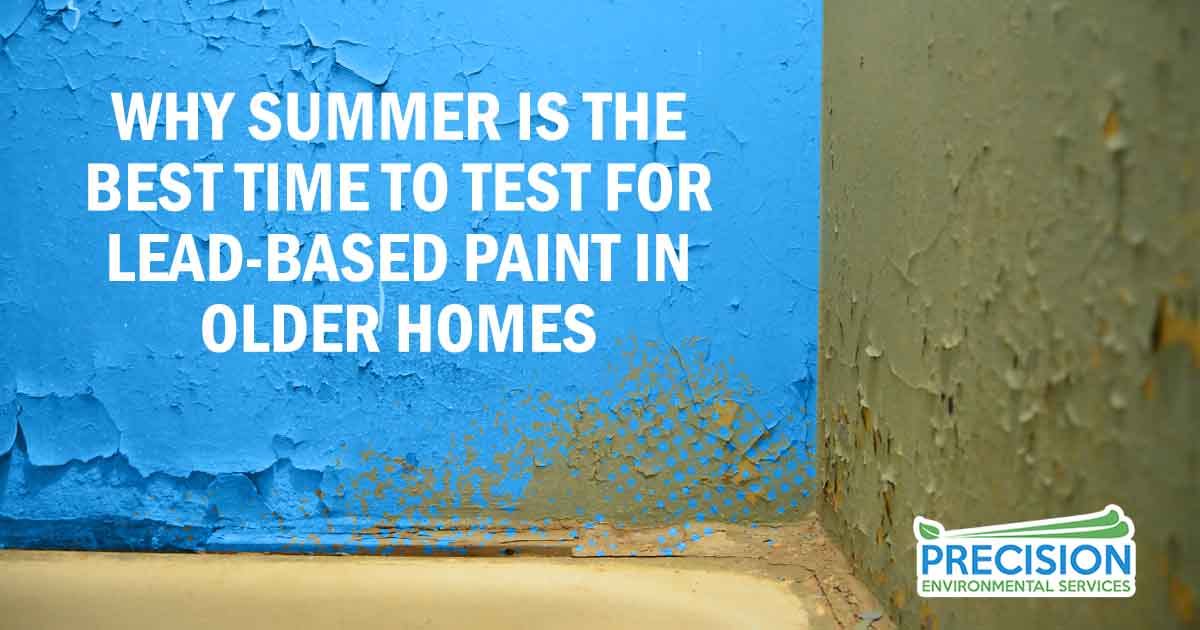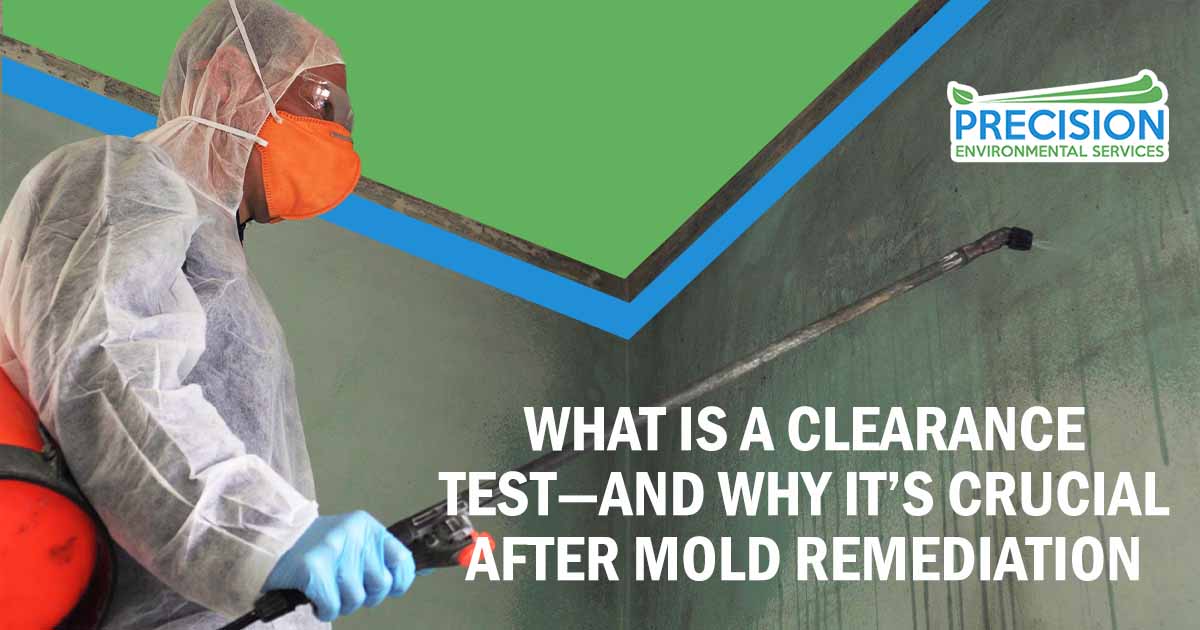Lead Based Paint Removal Services
Get Estimate
Professional Lead Based Paint Removal for Homes and Businesses
Since the 1970s, governmental agencies such as the EPA have been trying to promote lead-based paint removal methods. Lead paint was a popular choice before 1978. Unfortunately, it was discovered that lead paints are actually toxic. Despite this understanding, there are still over 30 million homes and apartments in the United States with lead paint.
Lead compounds were originally added to paints to create vibrant colors and to make surfaces more durable and resistant to moisture. However, over time, when this paint chips and peels, it becomes easy to ingest the paint chips and lead dust, especially for young children, leading to lead poisoning.
A number of lead based paint removal procedures have been created to help protect people from the dangers of lead exposure and poisoning. And, while it’s important that you hire lead based paint removal contractors, it’s equally important that you understand how these paint removal procedures work so you’re aware of any ongoing or future threat.
Lead Paint Remediation & Removal Process
Removing lead based paint safely doesn’t always actually mean removing the paint itself. As you’ll see as we discuss the different abatement methods, sometimes it just means containing the lead risk by covering the paint. And, while this is an effective option in many cases, it’s important to understand that the lead paint doesn’t go away and is still there should you find yourself remodeling or renovating your home later on. In some situations, homeowners choose to do a combination of lead paint removal and containment depending on where the lead-based paint is found.
Encapsulation
Encapsulation is a method that involves painting a special encapsulation formula over any existing lead painted surface. This is one of the more affordable options, however, as mentioned above, encapsulation doesn’t remove the lead paint and your family could still be at risk down the road should the lead paint be disturbed. There are different types of encapsulation compounds depending on your specific needs and the area being encapsulated.
Enclosure
Enclosure is just what it sounds like. It involves placing new surfaces over lead painted surfaces to enclose the lead. While this can be another inexpensive option, it’s not permanent. Again, the lead paint is still present and, as it continues to degrade, can lead to additional lead dust in the home. It’s also important to monitor the enclosed area for damage as damages could heighten your risk of lead exposure as well.
Removal
A true lead based paint removal plan has specific safety requirements. While some property owners attempt this on their own, it is not recommended as they often don’t have the necessary lead based paint removal training. Some of the methods used to remove the paint include wet sanding with an electric sander, hand scraping with a HEPA filter or HEPA vacuums nearby to catch dust and debris, removing lead based paint with a heat gun, or using a chemical paint stripper. Each of these methods, when done safely and properly, can create a safe, lead-free environment.
To remove lead paint safely, anyone working in the area will need to use protective clothing or PPE for lead based paint removal. This helps protect the person doing the lead abatement and it helps prevent the lead particles and dust from getting into other parts of the home. This includes covering surfaces, using rubber gloves, shoe covering, and having an effective ventilation system in addition to a respirator to limit exposure to toxic metal particles and fumes if utilizing the chemical removal of lead based paint.
Replacement
Replacement is another option to safely remove lead-based paint from your building components. It involves removing the entire lead-painted surface and disposing of it properly while replacing the surface with a safer option in your home. In some cases, this may mean replacing entire walls, windows, and doors. The removed material may also have to be disposed of in accordance with the state and federal regulations. This method, while more expensive, does help increase your home’s value.
Comprehensive Interior and Exterior Lead Paint Remediation
It isn’t enough to simply mitigate the threat of lead exposure inside your home. You also need to think about exterior lead paint removal and lead based paint siding removal. As exterior paint degrades and chips, it mixes in with the soil outside your home. This may be soil where your children play, where pets can be exposed, or where you grow your garden. When the paint dust integrates with the soil then it can easily be ingested in a number of ways or get tracked into the home and ingested there. A lead based paint removal company such as Precision Environmental Services can walk you through your options to remove lead paint safely outside as well as inside.
Protect Your Family with Safe Lead Paint Removal
Depending on your specific home and risk assessments, it may be best to remove lead paint using a combination of methods. In some areas, it may be easier to replace doors and windows, especially if they are due for an update anyway. In other situations, it may be best to use non-chemical methods such as a heat gun to remove paint, while other areas may be more suited to paint strippers or other lead based paint removal products.
Whatever you do, we strongly recommend hiring a professional with a lead based paint removal certification for the removal of lead based paint. A professional will be aware of all of the lead based paint removal requirements. They also have the skill, resources, and ability to remove lead-based paints safely.
Call Precision Environmental Services today at (940) 597-2673 to speak with an industry expert and learn more about lead paint testing and abatement for the health and safety of your family.
Why Professional Lead Paint Removal Matters
Lead paint is not just unsightly—it’s a serious health hazard. Professional lead paint removal contractors ensure that all work is performed safely, following EPA guidelines and state regulations. Attempting DIY removal can expose residents to dangerous lead dust and compounds, especially in homes with children or pets. Hiring certified experts also minimizes long-term costs by preventing future contamination and ensuring proper disposal of lead-painted materials.
Residential vs. Commercial Lead Paint Removal
Lead-based paint isn’t limited to older homes. Many commercial buildings, schools, and rental properties built before 1978 may still contain lead paint. Residential lead paint removal often focuses on smaller-scale interventions like window frames, doors, and interior walls, while commercial lead paint remediation may require larger-scale planning, containment barriers, and compliance documentation. Understanding the difference helps property owners choose the right removal methods for their specific situation.
Step-by-Step Lead Paint Inspection and Abatement
A professional lead paint removal process typically begins with a comprehensive inspection and risk assessment. Certified contractors will:
- Identify all surfaces coated with lead-based paint.
- Collect samples and analyze them in a laboratory if needed.
- Develop a removal or remediation plan tailored to the property.
- Implement containment, removal, or encapsulation measures safely.
- Conduct a final clearance test to ensure lead levels are within safe limits.
This systematic approach ensures that all lead hazards are addressed while protecting occupants and the environment.
Safe Disposal and Environmental Compliance
Lead paint removal isn’t just about scraping or sanding surfaces; it’s also about proper disposal. Lead-containing debris must be handled according to federal and state regulations to prevent contamination of soil, water, and the surrounding environment. Professional contractors are trained to package, label, and transport lead waste safely, ensuring that it doesn’t pose a risk to the public or your property.
Long-Term Benefits of Lead Paint Remediation
Investing in professional lead paint removal offers long-term benefits beyond immediate safety:
- Peace of Mind: Certified removal ensures that your home or building is free from dangerous lead dust.
- Property Value: Modern, lead-free surfaces improve marketability and resale value.
- Regulatory Compliance: Avoid potential fines or legal liability associated with improper lead management.
- Health Protection: Reduces risk of lead poisoning for children, pets, and adults.
Call for an estimate!
214-888-6956
Latest News
Why Summer Is the Best Time to Test for Lead-Based Paint in Older Homes
Homeowners considering summer renovations should prioritize lead-based paint testing in older homes, especially those built before 1978. Disturbing...
What is a Clearance Test—and Why It’s Crucial After Mold Remediation
After completing mold remediation, one of the most important final steps is mold clearance testing. This process confirms whether the remediation...
Is Your Office Making You Sick? Understanding Sick Building Syndrome
Employees who spend hours in an office building may begin to experience recurring health issues, such as fatigue, headaches, or throat irritation....





